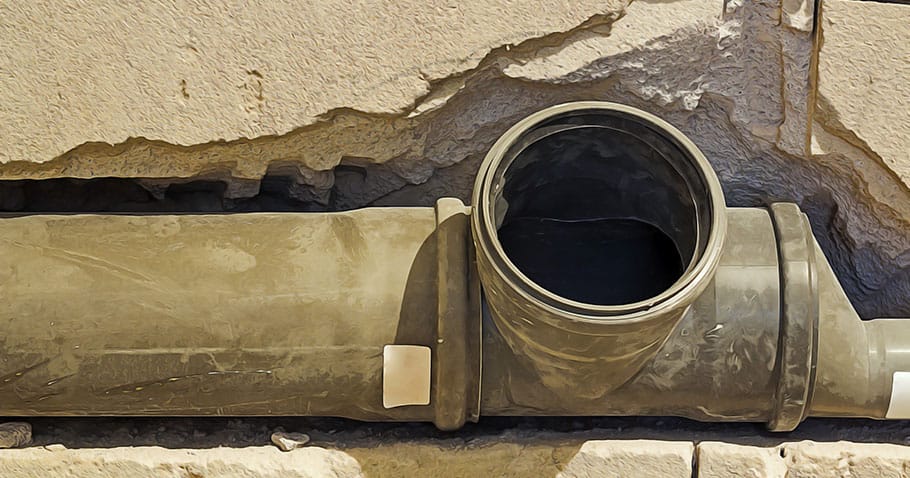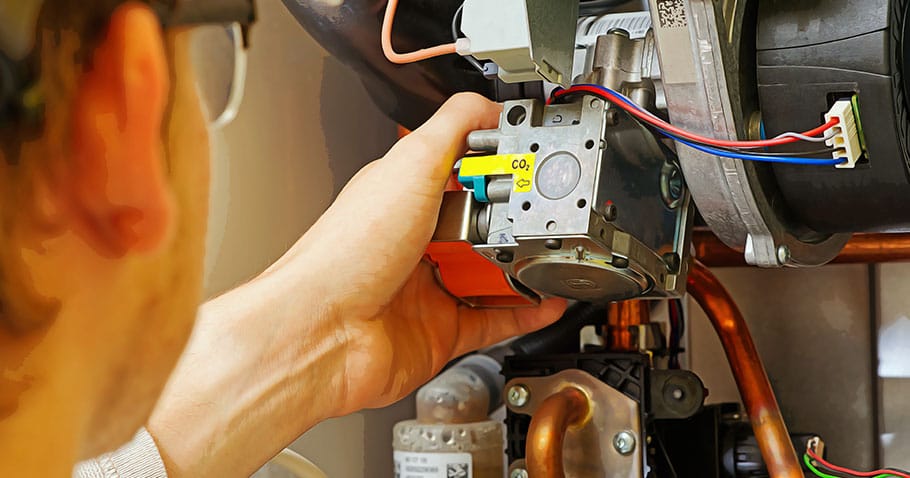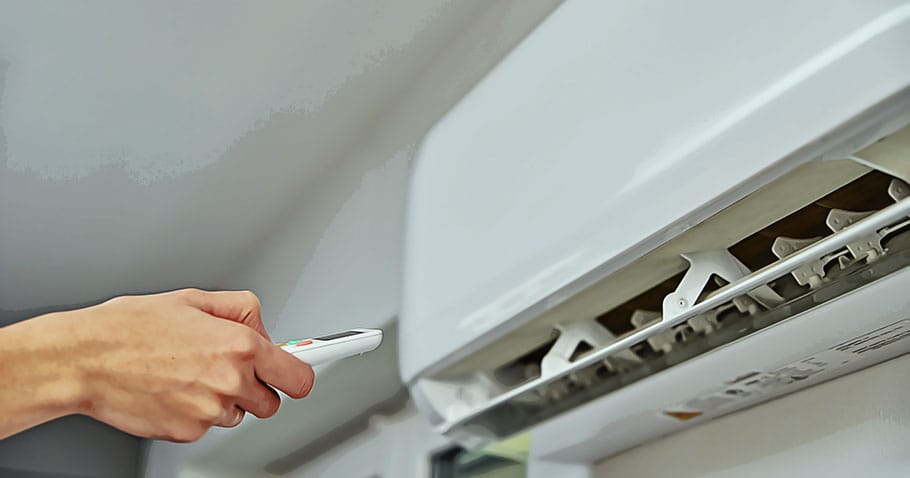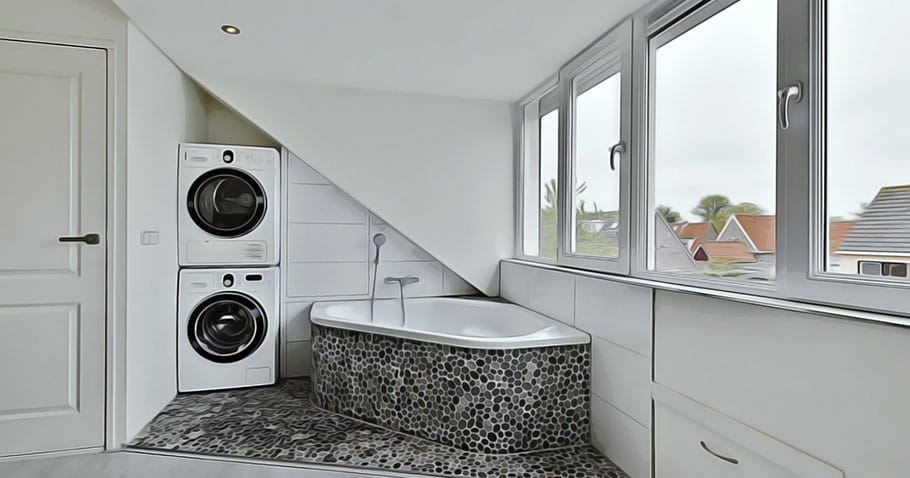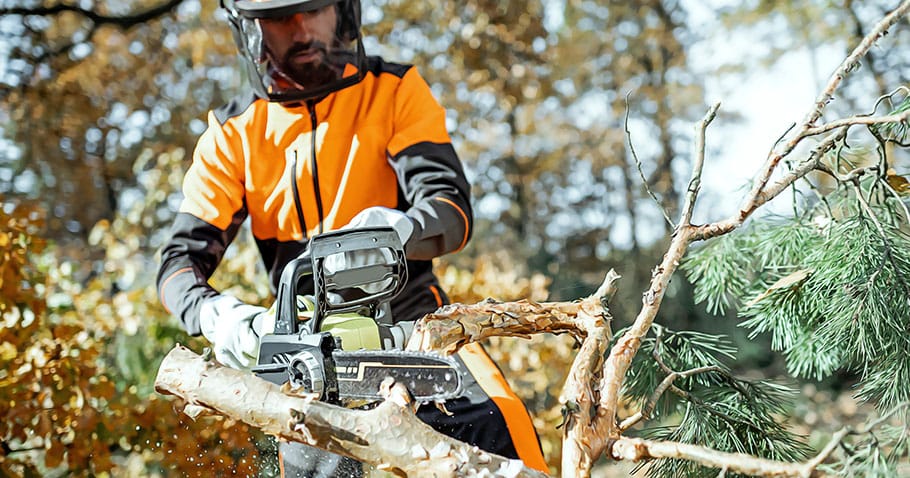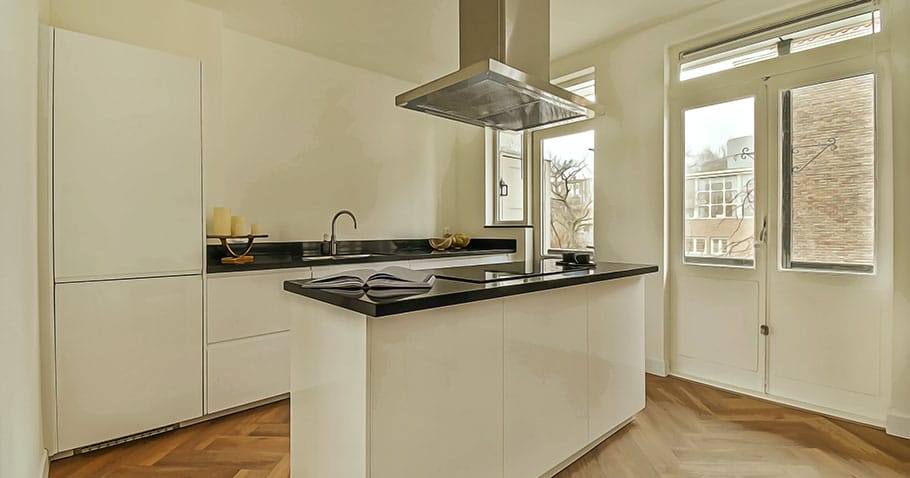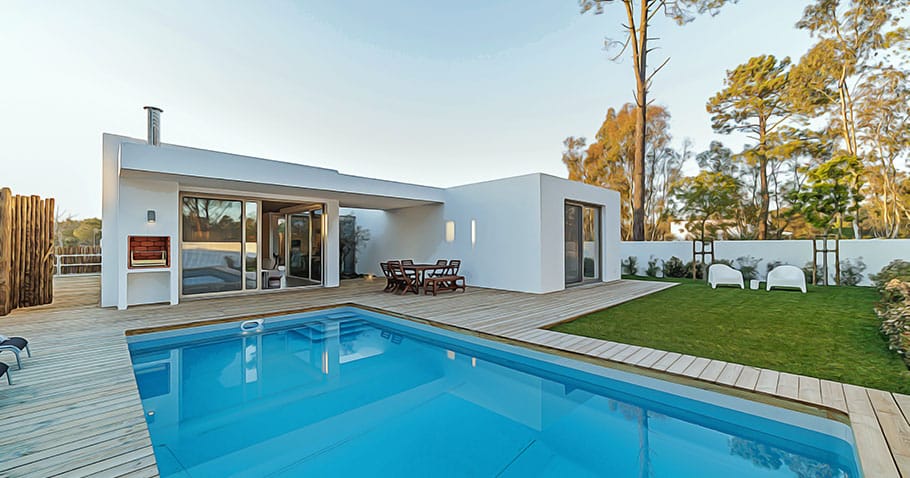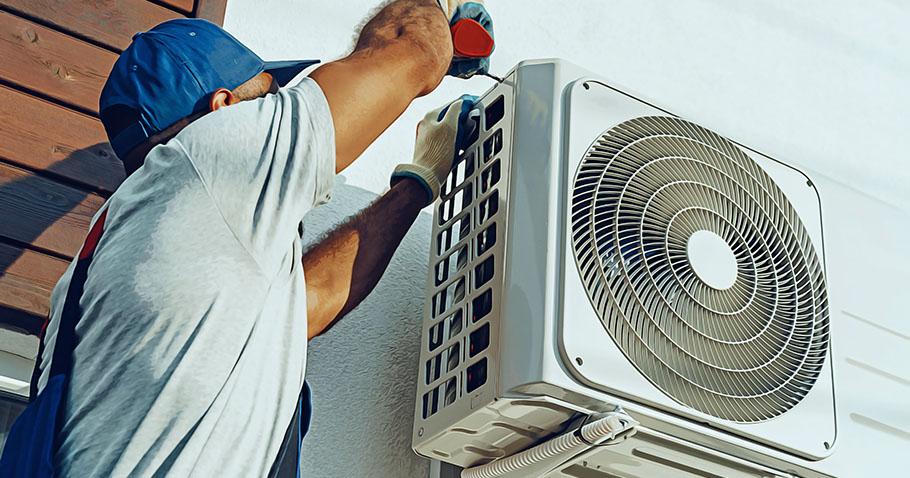Ultimate Guide to Car Window Tinting: Benefits, Types, and Tips
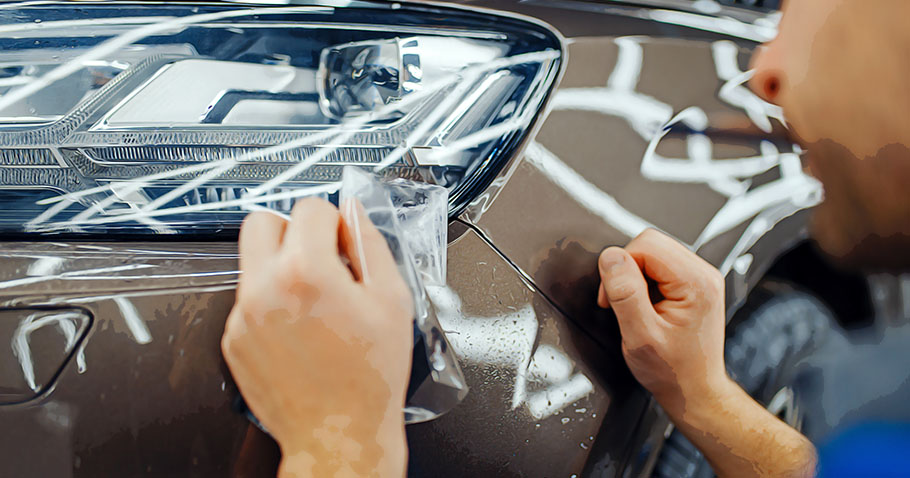
When you invest in car window tinting, you open the door to a world of comfort and style that transforms your driving experience. Manufacturers offer a range of films designed to block harmful UV rays and improve visibility under harsh sunlight. This process not only elevates the look of a vehicle but also enhances the protection for passengers and upholstery. Understanding the fundamentals of window tint can help car owners make informed choices when seeking both aesthetic and functional upgrades.
The Science Behind Window Film
The technology that makes modern window tint so effective relies on advanced materials and precise engineering. Tiny ceramic or metallic particles embedded within the film work to reflect and absorb solar energy, reducing heat transfer into the cabin. This dual action not only keeps the interior cooler but also shields occupants from up to 99% of harmful UV radiation. The careful balance between light transmission and protection determines the tint’s overall performance, ensuring clear vision and safety on the road.
Benefits of Tinted Windows
Tinted windows provide a range of advantages that go beyond mere aesthetics. For instance, a high-quality film can reduce interior temperatures by several degrees, making the cabin more comfortable during scorching summer months. This lowering of heat also minimizes strain on the vehicle’s air conditioning system, which in turn can lead to better fuel efficiency. Additionally, tinted glass serves as a barrier against sun damage, preserving the interior fabrics and reducing the likelihood of fading or cracking over time.
Types of Tinting Films
Car owners can choose from various film options, each offering distinct features to suit different needs. Dyed films provide a cost-effective solution, delivering privacy and glare reduction through layers of dye but may fade over several years. Metalized films incorporate tiny metallic particles to enhance heat rejection and durability, though they can sometimes interfere with electronic signals like GPS or mobile data. Ceramic films stand out by combining superior heat rejection with signal-friendly performance, though they come at a higher price point. Innovations in nanotechnology continue to push the boundaries, giving drivers more choices for both style and substance.
Legal Considerations and Regulations
Before you proceed with adding tint to your vehicle, it’s crucial to understand the laws governing window film darkness in your region. Each jurisdiction sets specific limits on visible light transmission (VLT) to ensure safe visibility for both drivers and law enforcement. Non-compliant tint can lead to fines, mandatory removal, and even safety concerns during nighttime driving. Checking the rules and consulting with professionals can help you select a film that meets both legal requirements and personal preferences.
The Installation Process
A proper installation is essential for the long-term performance and appearance of your tint. Professionals begin by meticulously cleaning each surface to remove dust, grease, and debris that could interfere with adhesion. They then measure and cut the film to match the exact dimensions of your windows, ensuring precise edges and uniform application. After applying a special solution to help position the film, the installer uses squeegees to remove excess moisture and air pockets. Finally, the vehicle is left to cure, allowing the film to bond securely to the glass over several days.
Cost Factors and Investment Value
The price of window tinting varies based on several variables, including the type of film, quality of materials, and size of the vehicle. While basic dyed films may cost less, they often offer limited longevity compared to more advanced options. Ceramic or carbon-based films command higher initial investment but provide superior heat rejection, color stability, and scratch resistance. When evaluating value, consider not just the upfront cost but also the potential savings in reduced air conditioning use and the extended life of your vehicle’s interior surfaces.
Midpoint Insights on Auto Window Tinting
At the heart of the decision to tint your windows lies the concept of auto window tinting Springfield, a customizable solution that blends functionality with aesthetics. Professional installers guide you through the process of selecting the right film, factoring in performance metrics like heat rejection and VLT percentage. Properly chosen and applied tint can elevate the comfort of daily commutes, long road trips, and even short errands. As technology advances, the industry continues to unveil new films that offer better durability, enhanced UV protection, and more diverse shading options.
Maintaining Your Tint for Longevity
Once your tint is installed, maintaining its pristine condition requires the right approach and materials. Avoid rolling down windows for at least 48 hours to let the film cure fully and bond to the glass. When cleaning, use a soft, lint-free cloth paired with a mild, ammonia-free cleaner to prevent damage. Harsh chemicals can degrade the film’s adhesive or cause discoloration over time. Regular cleaning and gentle care will ensure your tint remains clear and effective for years to come, retaining both its appearance and performance.
Choosing the Right Professional Installer
Selecting an experienced installer is as crucial as choosing the right film. Look for businesses that offer manufacturer warranties and demonstrate a track record of quality work. A reputable shop will provide detailed consultations, explaining the pros and cons of different film options and helping you align them with your driving habits. Inquire about certifications, previous customer experiences, and the types of films they recommend. Establishing a clear line of communication will set the foundation for a satisfying tinting experience and long-term peace of mind.
Common Myths and Misconceptions
There are several rumors about tinted windows that can mislead car owners. One common misconception is that all dark films block too much light at night, reducing visibility. In reality, many advanced films are engineered to maintain clarity even in low-light conditions. Another myth is that tinting automatically reduces resale value; on the contrary, quality tint can be an attractive feature for potential buyers, especially in sunny regions. Dispelling these myths helps motorists make choices based on accurate information rather than hearsay.
Eco-Friendly and Health Benefits
Tinting not only enhances a vehicle’s aesthetics but also contributes to environmental conservation. By lowering interior temperatures, drivers use less air conditioning, which in turn reduces fuel consumption and emissions. This simple upgrade can have a positive effect on both the planet and your wallet. Additionally, blocking UV rays protects skin from sun damage during extended drives, creating a healthier environment for passengers and drivers alike.
Future Trends in Window Tint Tech
As innovation continues to drive the automotive industry, window tint technology is evolving at a rapid pace. Smart films that adjust their opacity in response to light conditions are entering the market, offering dynamic control over heat rejection and privacy. Researchers are also exploring bio-based materials that combine performance with sustainability, reducing reliance on petrochemical-based films. These breakthroughs promise to offer car owners more versatile and eco-friendly options in the years ahead.
Conclusion
Investing in quality paint protection film Springfield can transform your vehicle’s appearance and efficiency, delivering lasting benefits on multiple fronts. From improved comfort and UV protection to enhanced privacy and fuel savings, the right film provides value that extends beyond the initial cost. By understanding the science, weighing the legal requirements, and choosing a skilled installer, you can enjoy a safer, cooler, and more stylish ride for years to come. Whether you’re seeking to upgrade your daily driver or add finishing touches to a luxury model, window tinting remains a smart choice for discerning motorists.













